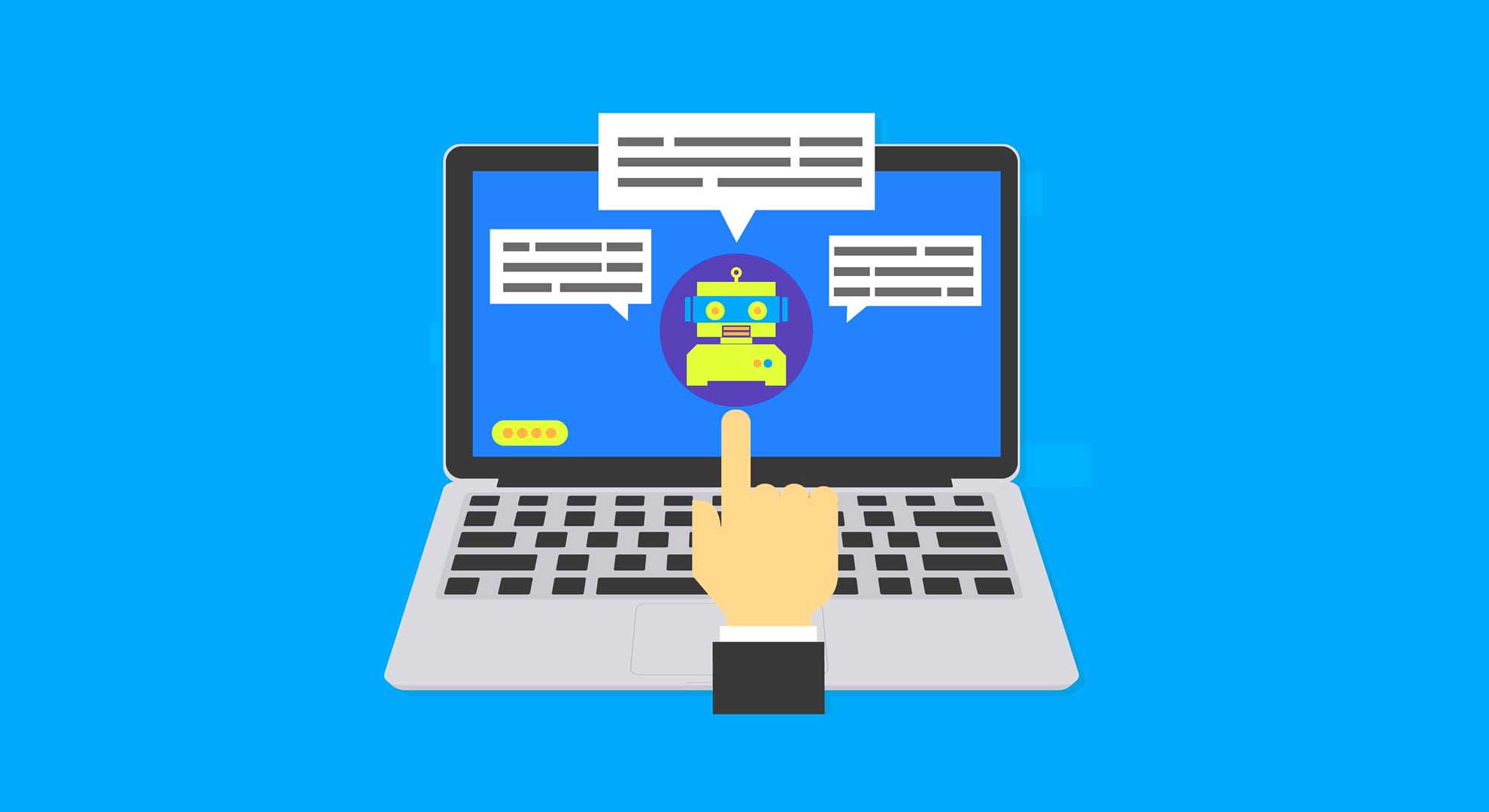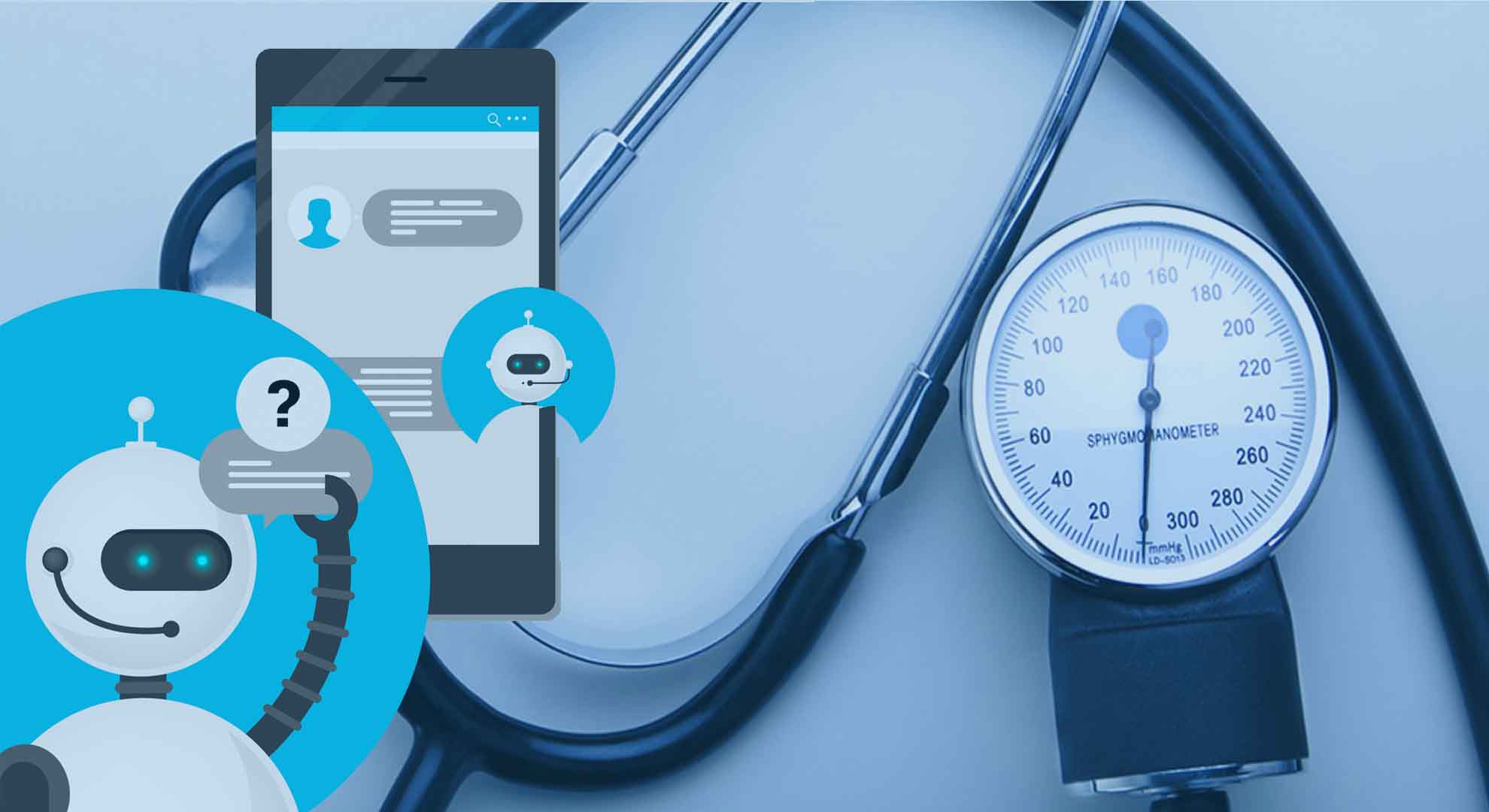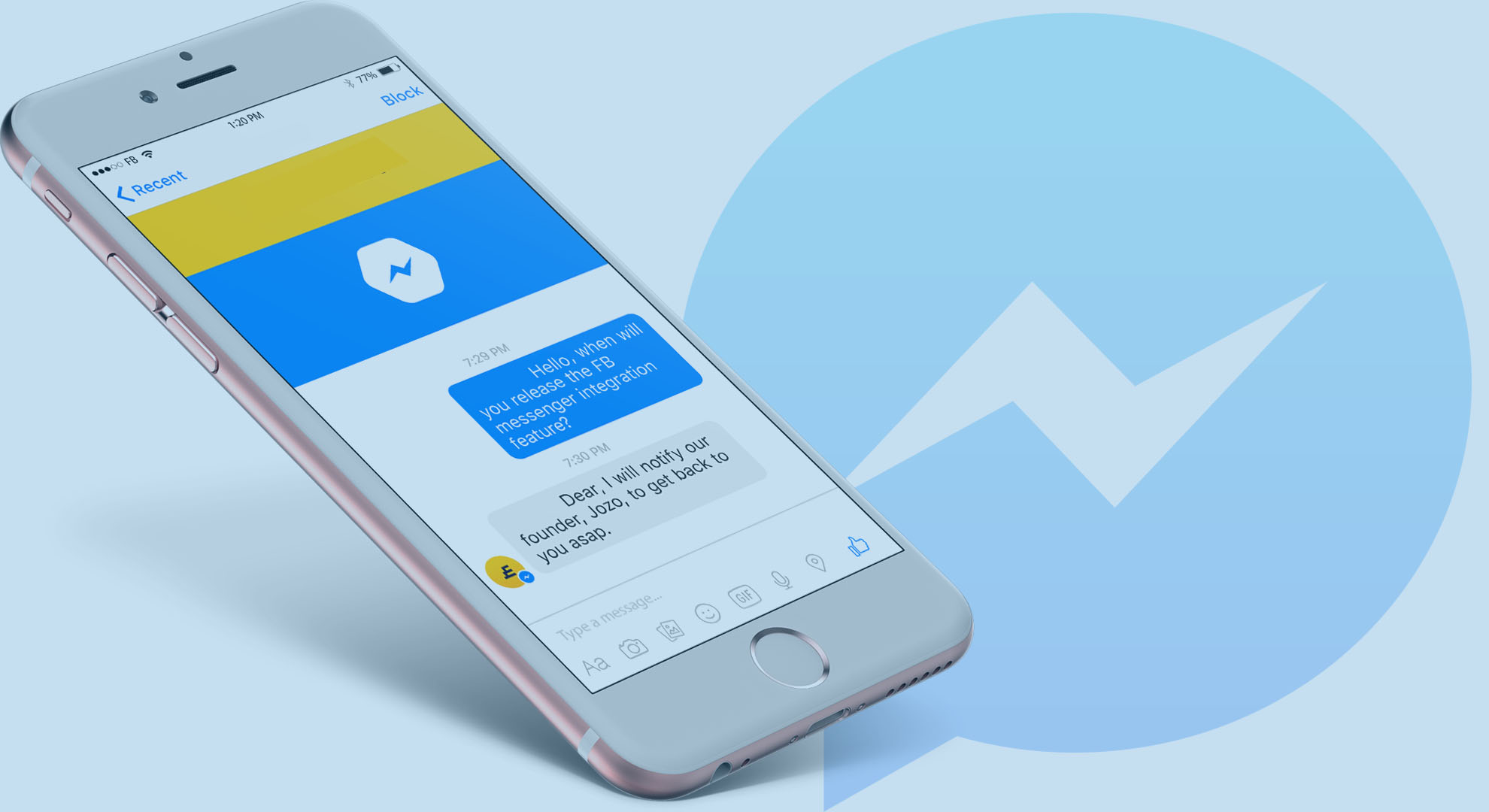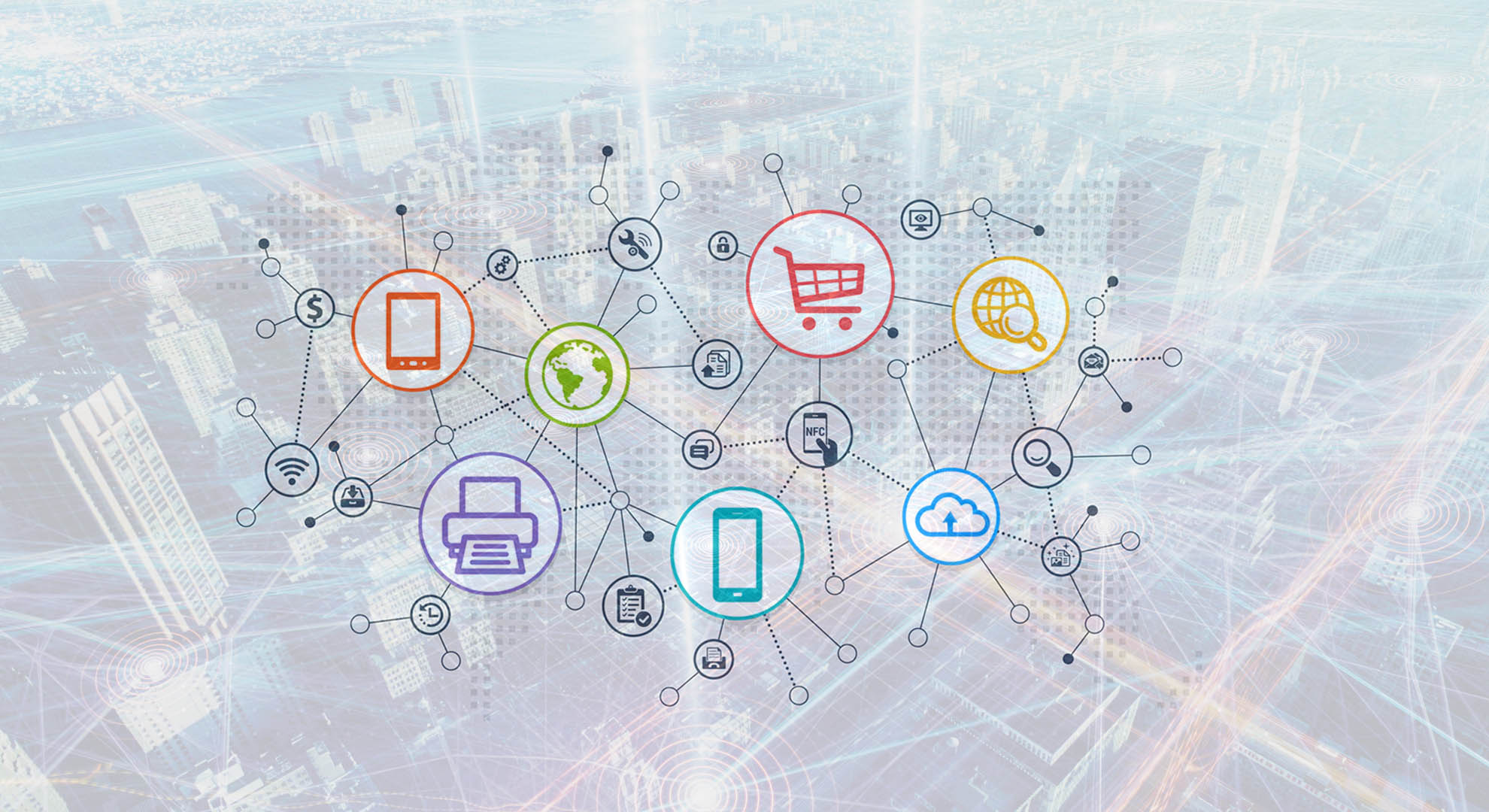Marketing has taken a 360-degree turn over the past few years. From print advertisement to digital marketing, we have seen the rapid transition in a decade or so. With the evolution of technology, marketing is improving and enhancing far better than ever. AI Chatbot is the present and the future of marketing, playing a vital role in improving customer services and brand interaction.
Chatbots have no doubt made a great impact in the world of online marketing, but when talking about the metrics, there are some vulnerabilities. These vulnerabilities put the entrepreneurs and marketers in doubts. To address this issue, you have to consider traditional metrics as well in order to infer the performance of your bot.
For this reason, we are going to discuss a list of metrics you need to measure when optimizing your chatbot for best user experience.
1. Number of Users Interaction with Chatbot
When it comes to user interaction, the greater the number, the better it is. In order to verify the legitimacy of all your metrics, make sure to watch out for the number of people reached and interacted with a bot. For instance, if 1000 users have interacted with the chatbot in a week, you have a great number. However, on the contrary, if the number of users was not more than a few, you might need to consider optimizing your bot.
2. Session Duration with Chatbot
If your chatbot has interacted with enough users, now is the time to look at some of the stats to give a basic idea of usage. For instance, you need to find the average duration of each session, but it should be relevant to your specific industry and position.
Also Read: 5 Chatbot Platforms to Develop Your Own Bot in 2018
Some of the chatbots are designed to answer a straightforward question that requires a short answer. For this, the average duration will be on a shorter scale. While on the other hand, bots that are designed to tell a story or engage users, need longer and meaningful interaction. The ideal way to check the bot’s performance is by knowing the specifics of your industry.
3. Click Through Rates
Click through Rate is not a major metric but somehow it would be considered as an important metric to track down in the future. Clicks are considered a positive sign from consumers, but if the sales and service process is meant to be accomplished solely through chatbot, high CTRs can indicate a danger sign.
4. Active and Engaged Users
The major difference between engaged and active users is that active user will only read the message sent by the bot. While engaged users will answer to the bots and at times put a few more questions to clear their ambiguities. It would be helpful in knowing the users who are constantly engaged to make some modifications in your bot and address these types of conversations.
5. Confusion Triggers
When analyzing your chatbots, you need to find out what questions a user might ask and how your chatbot react to the difficult situations. Users can ask a question in a number of ways and if the chatbot is unable to understand, it will likely come up with a response “I could not understand your question”. Make sure to analyze the frequency of such responses to devise the best option in order to prevent it in the future.
6. Steps of Conversation
Steps of conversation is also an important bot metrics you should track. It doesn’t matter whether the sessions for conversation are longer or shorter. As long as the bot does not understand the question properly, longer conversation session does not indicate a sign of productivity. Analyzing and observing the number of conversation steps and a higher rate of termination can help you optimize your bot accordingly.
Conclusion
Measuring the right metrics for your bot is the key to successfully deploying chatbot and engaging your audience. Make sure to keep an eye on the above metrics to increase the usability and impact of chatbot in order to increase user engagement.






